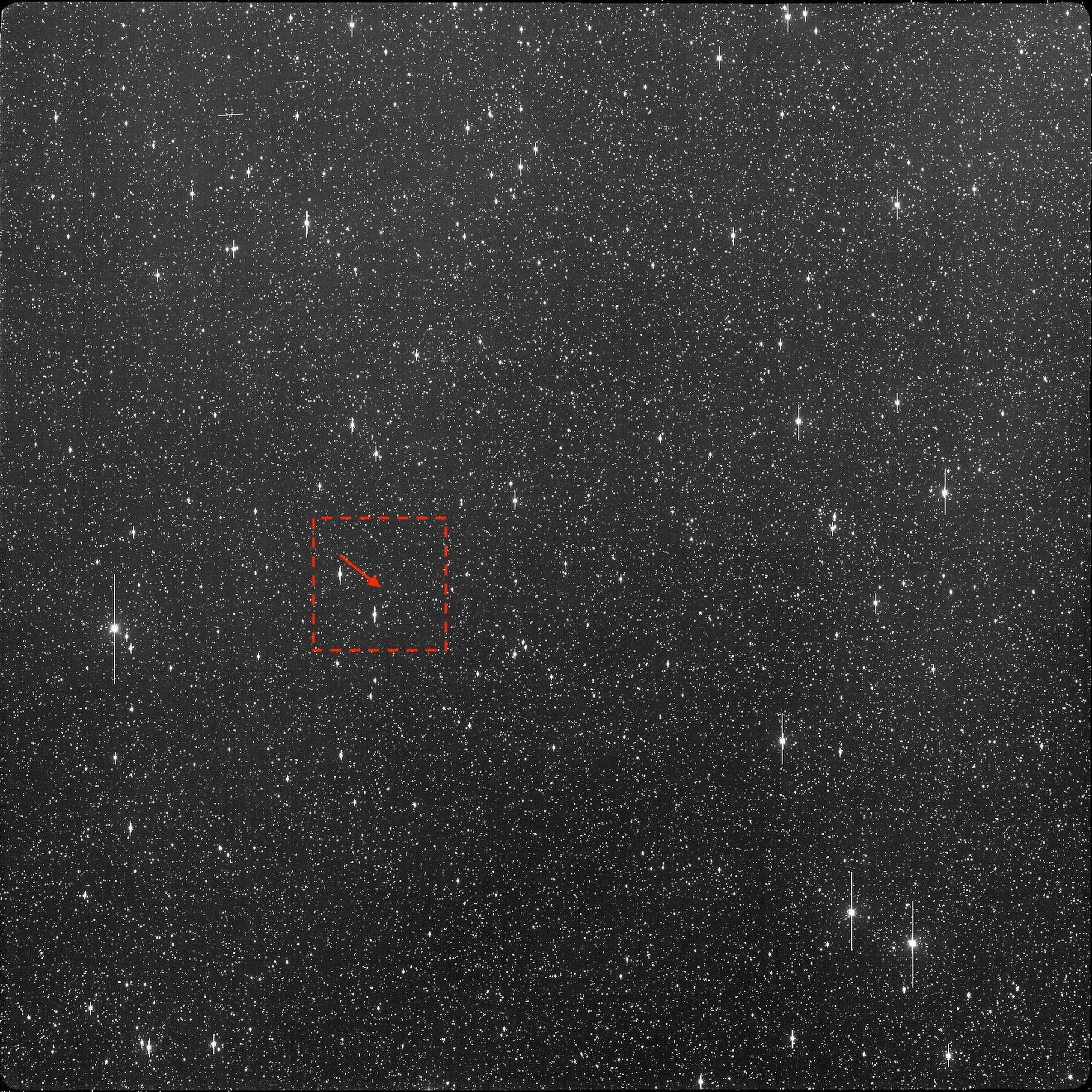‘City killer’ asteroid 2024 YR4 is no longer a threat to Earth, scientists say
Odds of asteroid striking Earth in 2032 lowered to 0.001 per cent, ESA says
Scientists have finally given the all-clear to Earth from a newly discovered large asteroid.
After two months of observations, scientists have almost fully ruled out any threat from the asteroid 2024 YR4, NASA and the European Space Agency said Tuesday.
It passed by the planet on 25 December when it became bright enough to be detected in asteroid surveys.
At one point, the odds of a strike in 2032 from the giant space rock, measuring about 40 to 90 meters (131 to 295 ft) wide, were as high as about 3 per cent and topped the world’s asteroid-risk lists.
Some estimates suggested that the asteroid’s potential path could cross many of the world’s biggest cities in a “corridor of risk” extending from the eastern Pacific Ocean, across northern South America, the Atlantic Ocean, Africa, the Arabian Sea, and South Asia.

Researchers said there were chances of the asteroid causing “severe blast damage” up to 50 km (30 miles) from where it landed, releasing nearly 500 times the energy of the atomic bomb that hit Hiroshima in 1945.
However, over recent days, these chances have dropped as astronomers gather better observations of the space rock to track its path through the universe.
ESA has since lowered the odds to 0.001 per cent while NASA had it down to 0.0027 per cent — meaning the asteroid will safely pass Earth in 2032 and there's no threat of impact for the next century.

But there’s still a 1.7 per cent chance that asteroid could hit the moon on Dec. 22, 2032, according to NASA.
The world's telescopes will continue to track the asteroid as it heads away from us, with the Webb Space Telescope zooming in next month to pinpoint its size.
It's expected to vanish from view in another month or two and make its appearance again as it swings our way every four years.
“While this asteroid no longer poses a significant impact hazard to Earth, 2024 YR4 provided an invaluable opportunity" for study, NASA said in a statement.